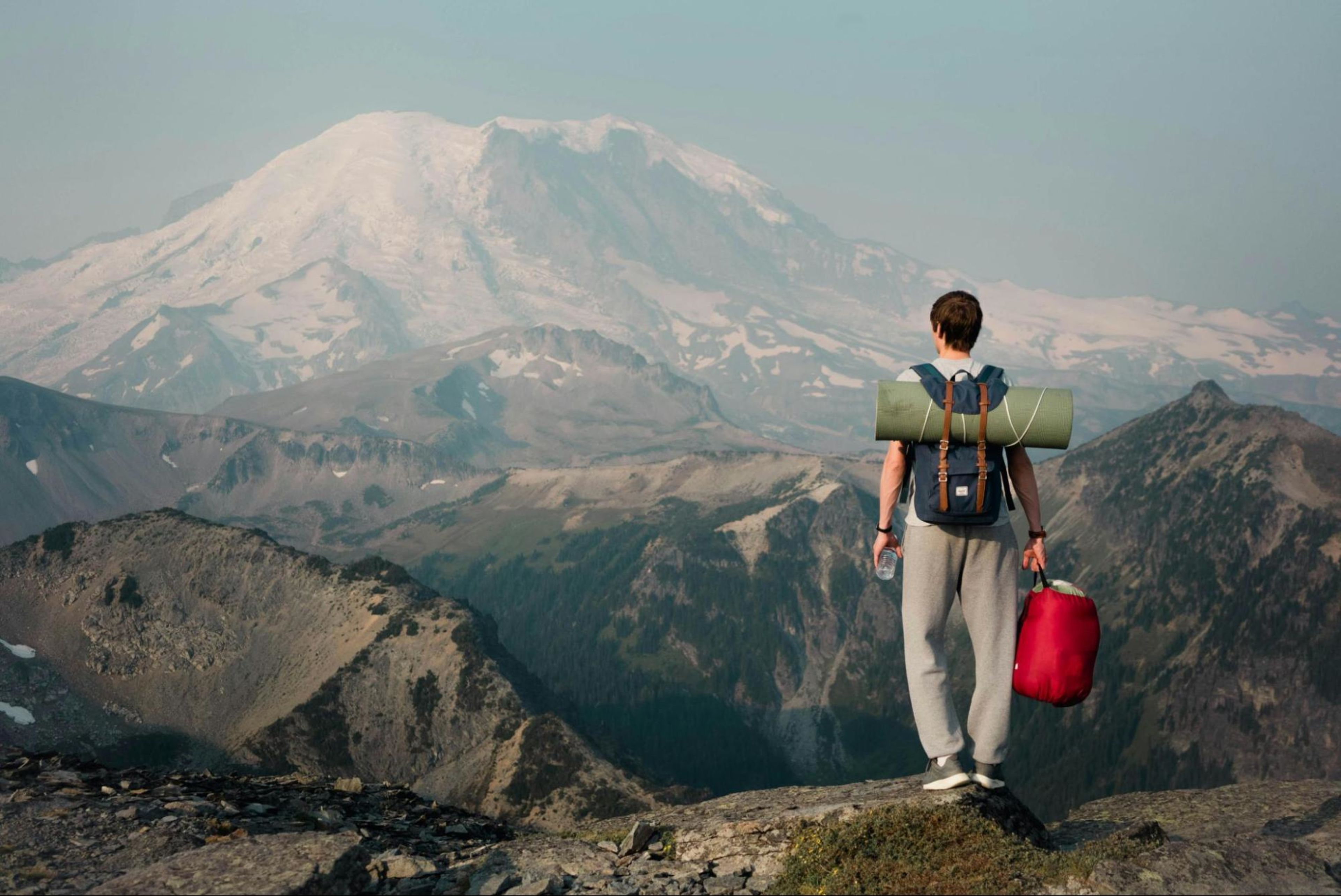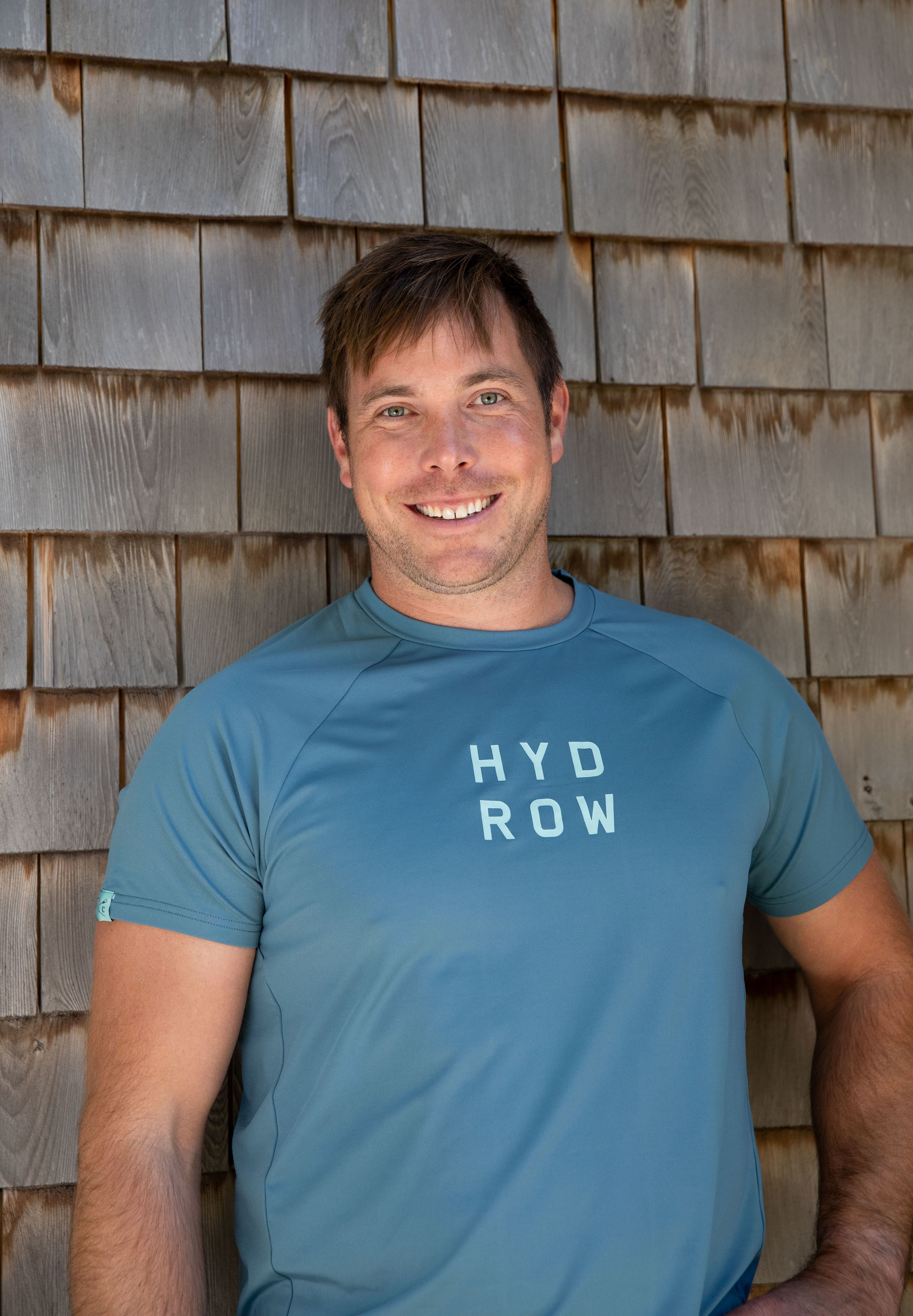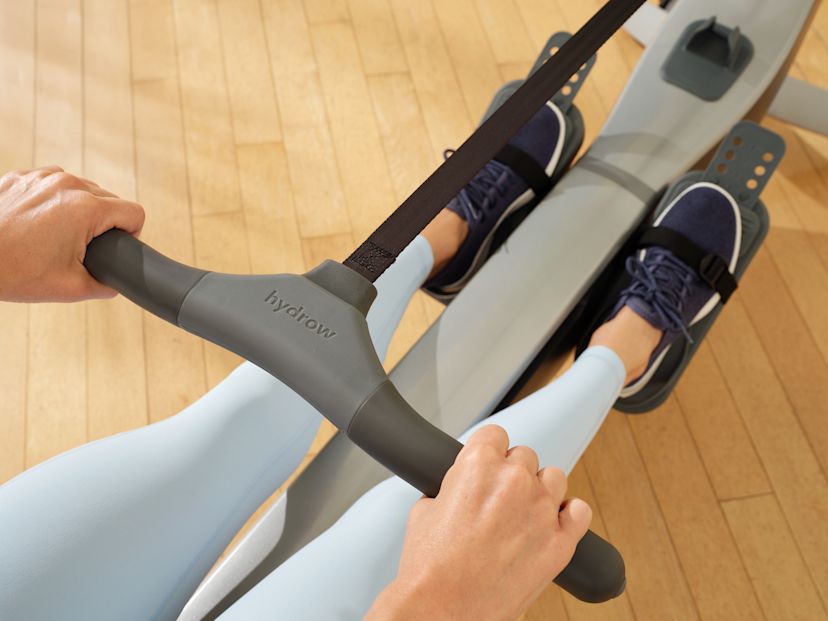Does Rowing Help With Hiking? Your Guide to Cross-Training

As a hiking enthusiast, you’ve likely found yourself looking for alternate ways to get in shape (and stay in shape!) ahead of your treks. Rowing machines are known for being great pieces of cross-training equipment for a variety of sports, including running, cycling, skiing, and swimming. But can a rowing machine help with hiking, specifically?
In this blog, we’ll explore whether rowing is a good cross-training exercise for hiking and share tips for effectively incorporating both into your exercise routine.
Why cross-training with rowing and hiking is a good idea
Rowing offers hikers a ton of benefits by improving their endurance and strength without putting unnecessary strength on joints. Let’s explore why rowing is such a great cross-training option for hikers, including:
Improving cardiovascular endurance
Building lower-body strength
Enhancing upper-body strength
Strengthening core muscles
Reducing joint stress as a low-impact workout
1. Rowing improves cardiovascular endurance
Hiking requires enhanced cardiovascular endurance, as it allows your body to sustain prolonged physical activity without getting fatigued as you navigate hours of continuous movement, steep terrain, and high altitudes. As a full-body cardio workout, rowing helps train your cardiovascular system to more efficiently deliver oxygen to your body, helping you improve your aerobic capacity (VO2 max) and develop the endurance you need to meet the demands of hiking.
2. Rowing builds lower-body strength
While many people think that rowing is all about the arms, it is actually highly efficient at strengthening your lower-body muscles, including your glutes, quads, calves, and hamstrings. Improving strength in these areas helps you generate the force you need to climb steep inclines and maintain control during your descents. Having strong lower-body muscles also helps you maintain balance and control as you navigate uneven terrain, reducing your risk of injury.
3. Rowing enhances upper-body strength
Each rowing stroke also works major arm muscles, including your biceps, lats, rhomboids, shoulders, forearms, and triceps. Strengthening your upper-body muscles can help with carrying hiking gear such as backpacks, as well as scrambling or climbing, using trekking poles, and grabbing rocks or tree branches to maintain your balance on uneven terrain.

Did you know?
Over 90% of Hydrow members are still active one year later.
4. Rowing strengthens your core
Rowing machine workouts also strengthen your core—including your abs, obliques, and lumbar muscles—helping you stay upright and maintain stability on uneven or rocky terrain and reducing your risk of falls. Core strength also improves the transfer of power between your upper and lower body, making your steps more efficient and allowing you to converse energy as you traverse longer distances, climb steep inclines, or descend challenging trails.
Additionally, having a strong core will make it easier to haul your heavy backpack around by stabilizing your spine and pelvis—score!
5. Rowing is low-impact
One of the main reasons rowing is such a popular cross-training workout is its low-impact nature. Hiking can put significant pressure on your knees, hips, and ankles, so alternating between rowing and hiking can help you stay in shape while minimizing stress on your joints. This means you can use rowing as a recovery workout without the risk of introducing new injuries that could affect your hiking abilities, or aggravating older ones.
How to cross-train with rowing and hiking
Rowing two to three times a week between hiking trips can provide a healthy blend of recovery, conditioning, and mental refreshment. To maximize the benefits of rowing, we recommend mixing up your rowing routine with a variety of workout types, including:
Steady-state cardio: Steady-state rowing workouts help improve cardiovascular endurance, allowing you to stay energized longer without getting fatigued. By strengthening your heart and improving oxygen delivery to muscles, your body will also be able to manage the increased oxygen demands of higher altitudes.
Interval training: High-intensity interval training (HIIT) rowing workouts entail short sprints followed by rest, closely mimicking the stop-and-go nature of hiking. Doing HIIT rowing workouts can help boost your power and endurance, helping you sustain higher-intensity efforts for longer periods of time without getting tired.
Another great thing about rowing is that you don’t need to log an hour on your machine to experience the benefits. Even just 20 minutes a day can help you on your way toward improving your fitness!
Kickstart your rowing routine with Hydrow
As you can see, rowing offers a ton of benefits for hikers as a low-impact exercise that strengthens muscles, builds cardiovascular endurance, and reduces your risk of injury. If you’re considering adding a rowing machine to your home, Hydrow brings more than just equipment—it brings total-body results and intelligent training.
Each stroke works 86% of your muscles, delivering an efficient, immersive workout—and with real-time feedback and personalized scores, Hydrow helps you help you row smarter, build strength, and stay motivated. Just 20 minutes a day is all it takes to move with purpose, boost energy, and see results that last.
Hydrow’s workouts are led by world-class and Olympic Athletes and filmed on real water in beautiful locations around the world. Whether you’re rowing or cross-training with yoga, Pilates, strength, mobility, or circuit workouts, you’ll find movement that motivates—and keeps you coming back.
Ready to train smarter? Explore what Hydrow can do for you.

Real strength keeps moving
Learn how working out with Hydrow can help support a fuller, more active life.






